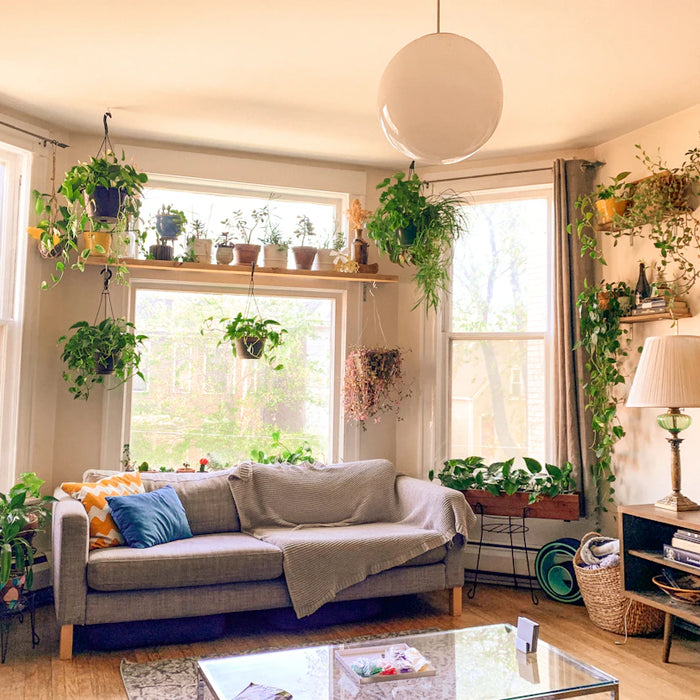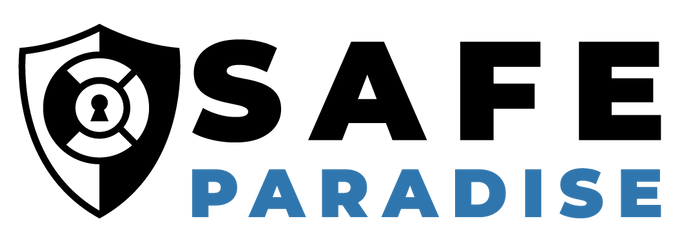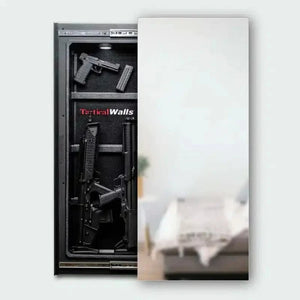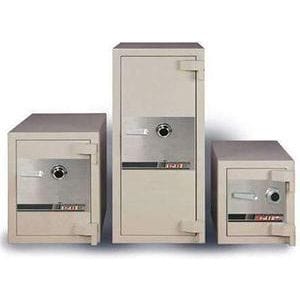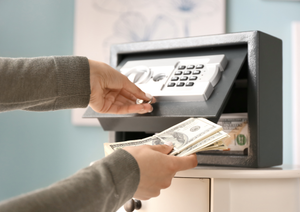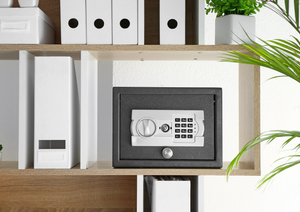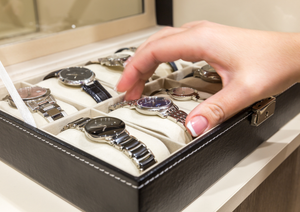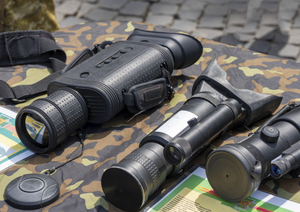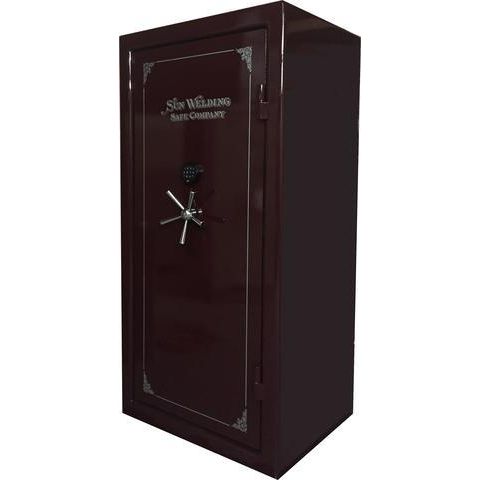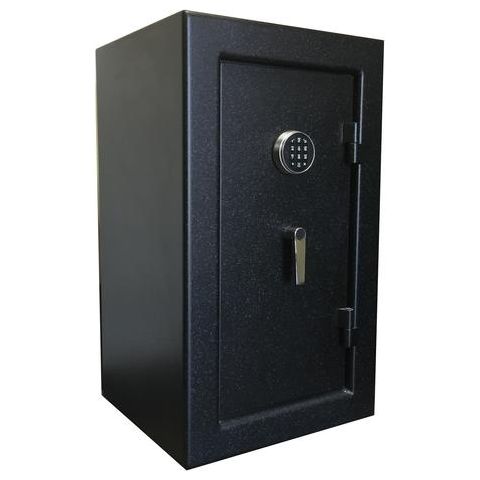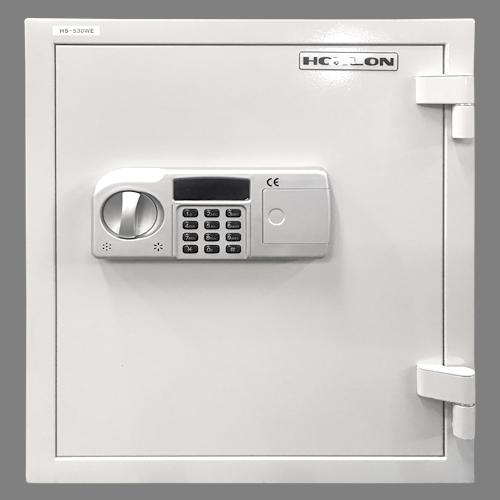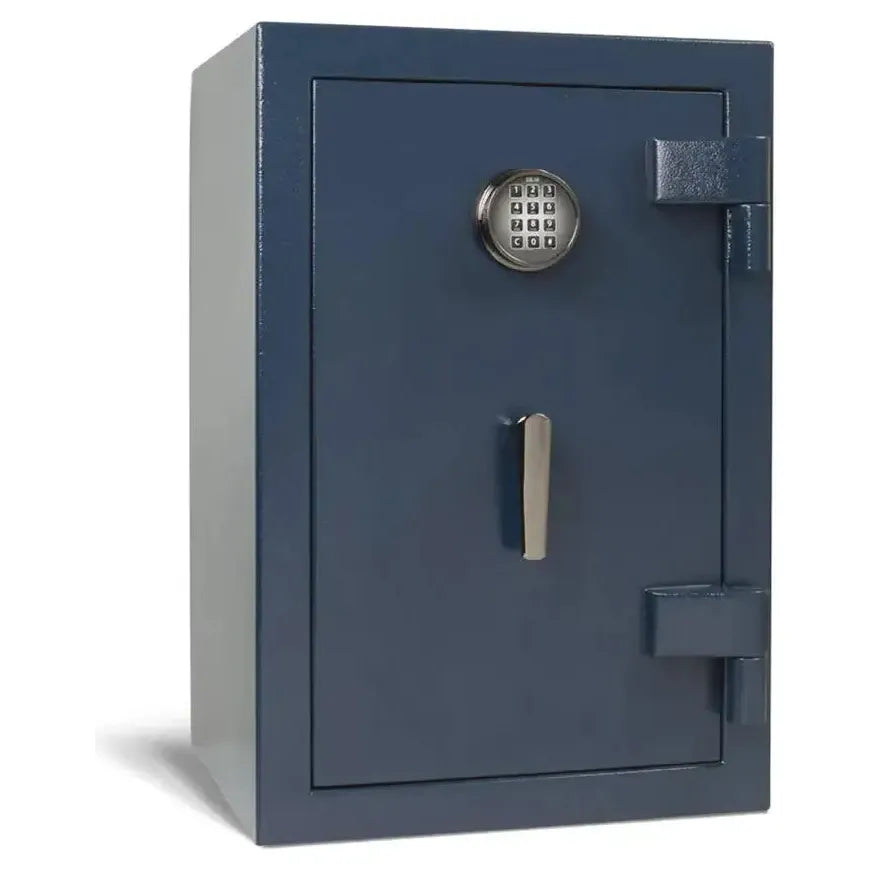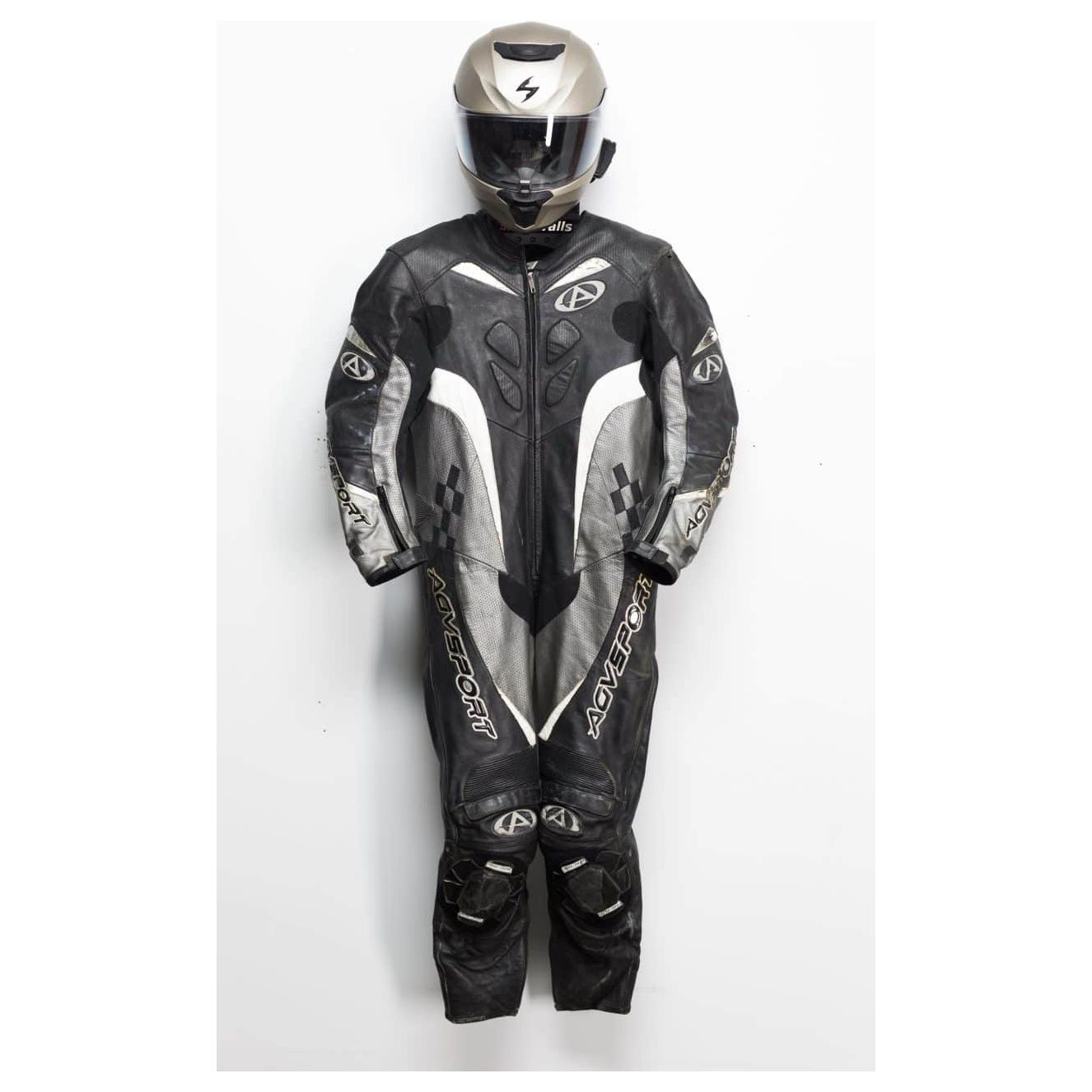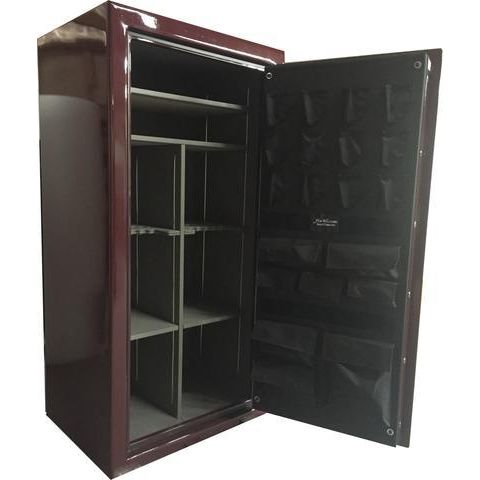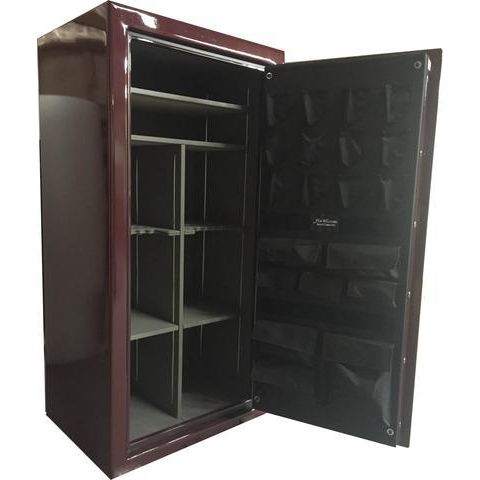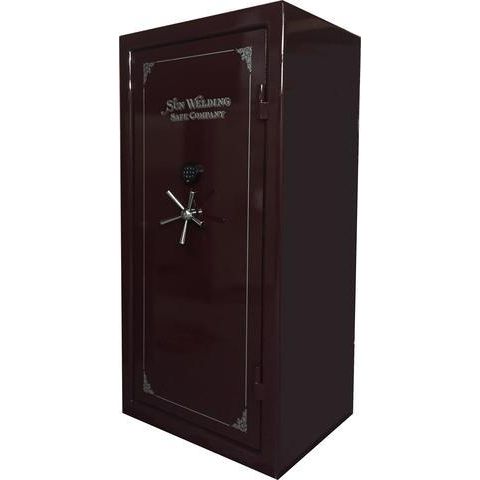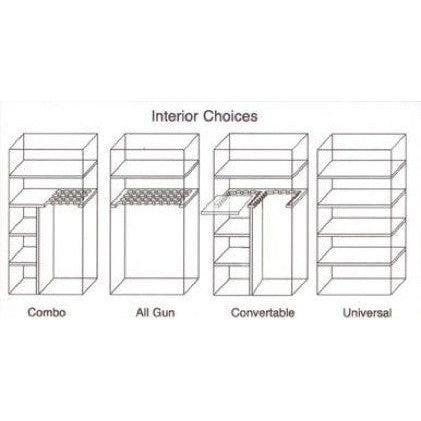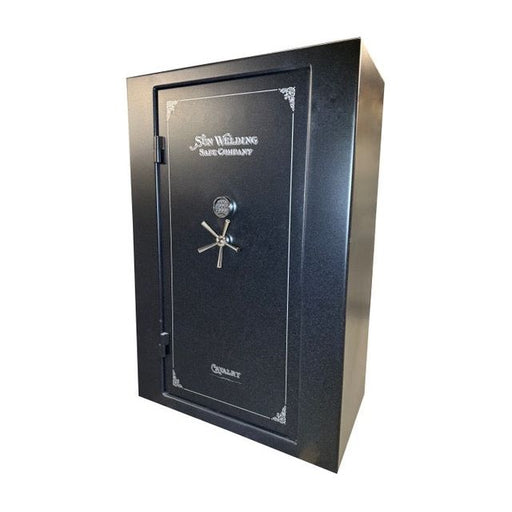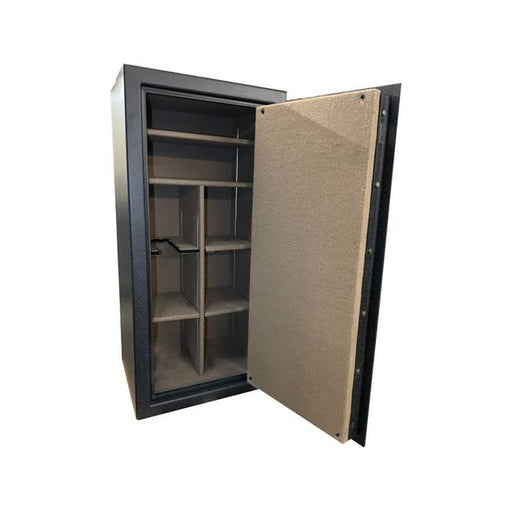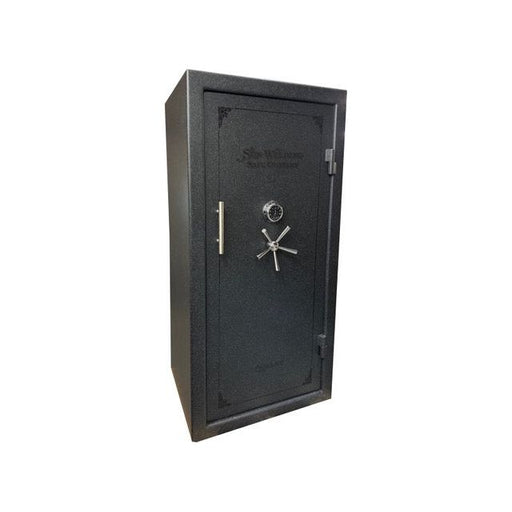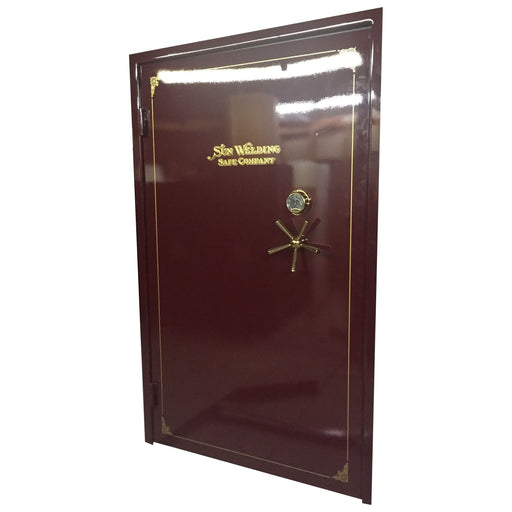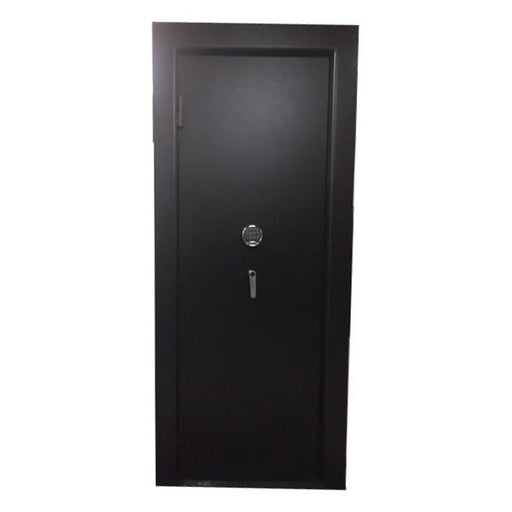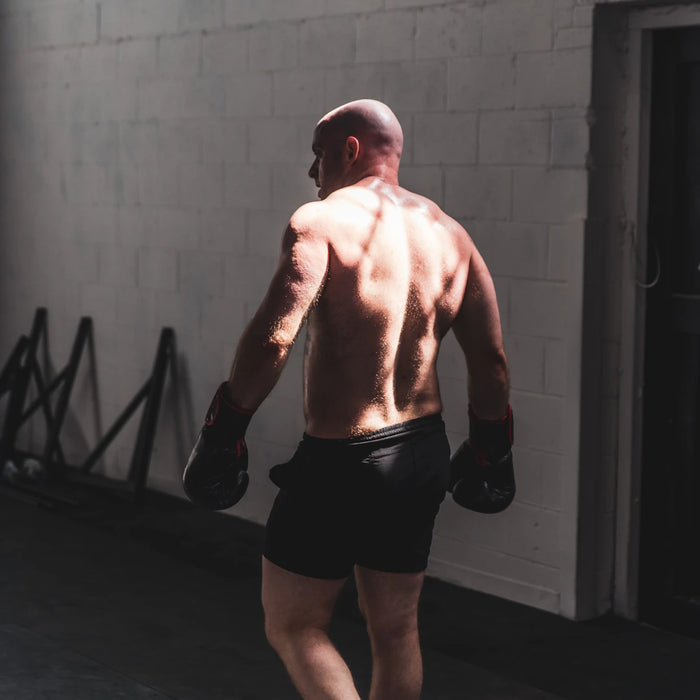Securing your home is not just about locking doors and windows. In today's world, ensuring that your valuables, documents, and personal items are protected is crucial. With the rise in home burglaries and the increasing threat of natural disasters, investing in the right safe is an essential step towards peace of mind. In this article, we will explore how to properly secure your home with a safe, focusing on key factors that will enhance your security and safety, making sure you're fully equipped to protect what matters most.
Understanding the Importance of Home Safes
Why You Need a Safe
When it comes to home security, a safe provides an added layer of protection. While locks can deter potential thieves, they often aren't enough to safeguard high-value items and crucial documents. Here are a few compelling reasons to consider installing a safe in your home:
- **Protection from Theft:** Safes are designed to withstand tampering, making them a deterrent against burglars.
- **Fire and Water Resistance:** Many safes, especially fireproof safes, provide protection against disasters such as fires or floods, ensuring your important documents stay intact.
- **Peace of Mind:** Knowing that your valuables are securely stored contributes to overall peace of mind, allowing you to enjoy your home without constant worry.
Choosing the Right Safe for Your Needs
Selecting the best safe for your home is crucial. There are various options available, each designed to offer unique features and benefits. Below are key factors to consider when choosing a safe:
- **Size and Capacity:** Think about what you plan to store. A safe for documents will differ from one designed for firearms or jewelry.
- **Fire Resistance:** For critical documents like passports, birth certificates, or irreplaceable family photos, fireproof safes are highly recommended.
- **Security Features:** Look for safes with advanced locking mechanisms such as biometric locks or combination dials for enhanced security.
- **Portability:** Determine whether you want a fixed safe or one that can be moved. Keep in mind that heavier safes are harder for thieves to steal.
Placement: The Key to Safe Security
Strategic Location Choices
After selecting the appropriate safe, the next step is deciding where to place it. This is one of the most critical decisions that can enhance or diminish the effectiveness of your safe. Consider the following tips for safe placement:
- **Avoid Obvious Locations:** Don't place your safe in easily identifiable places like closets or bedrooms. Think outside the box—utility rooms, basements, or inside cabinets are good alternatives.
- **Secure Mounting:** If the safe is designed to be bolted down, ensure it is securely attached to the floor or wall. This makes it significantly tougher for burglars to remove it.
- **Accessibility:** While it's essential to hide your safe, make sure it’s still accessible for you and family members in emergencies.
Environmental Considerations
It's important to consider the environmental factors where the safe will be placed.
- **Temperature Control:** Make sure the location is not prone to extreme heat or cold, which can affect the safe's contents, especially if you're storing important documents.
- **Humidity:** Areas prone to dampness can lead to mold growth. Picking a dry space can help protect your valuable items.
- **Flood Risk:** Avoid placing your safe in low-lying areas that are susceptible to flooding, as these can lead to significant damage.
Essential Items to Store in Your Safe
Important Documents and Valuables
Not everything needs to go in your safe, but there are specific items that should definitely find a home there. Here’s a list of crucial items to consider storing in your safe:
- **Identification Documents:** Keep your passports, birth certificates, social security cards, and marriage licenses secure.
- **Financial Records:** Your bank statements, investment papers, and tax documents should also be kept secure.
- **Legal Documents:** Ensure that wills, real estate papers, and any other important legal documents are stored safely.
- **Family Heirlooms:** Valuable items such as jewelry, heirlooms, and collectibles are safer in a secure safe.
- **Emergency Contacts:** Write down a list of emergency contacts and keep it in the safe. This will be invaluable in cases when immediate access is necessary.
Maintaining Your Safe
Regular Checks and Maintenance
Once you have installed a safe, it’s essential to keep up with regular maintenance to ensure its continued effectiveness. Here’s what you should do:
- **Test Lock Mechanisms:** Periodically test the locking mechanism to ensure it functions correctly. This is especially important for fireproof safes, where the integrity of the locking mechanism may change over time.
- **Check for Damage:** Inspect the exterior for any signs of wear, including scratches or dents, which may weaken the structure.
- **Inventory Your Contents:** Regularly review what you have stored in your safe. Ensure it still meets your needs and that everything is stored securely.
Fireproof Safes: The Ultimate Protection
One consideration that should not be overlooked is the importance of fireproof safes. These specialized safes are designed to protect your documents and valuables from fire damage, which can be catastrophic. Ensure that the safe you choose is rated for fire protection, as these time-tested models can provide that additional layer of security during natural disasters.
Insurance and Documentation
Insurance Coverage for Your Safe
Once you've secured your valuables, it’s equally important to ensure they are covered with insurance. Here are tips for proper documentation:
- **Document Your Valuables:** Take photographs and notes detailing the items kept inside the safe, including their estimated values.
- **Update Your Insurance:** Make sure your homeowner's insurance policy covers items stored in your safe. Depending on the value, you may need to purchase additional coverage.
- **Keep a Separate Policy if Necessary:** For high-value items like jewelry or rare collectibles, consider obtaining separate insurance policies to fully protect them.
The Final Piece of the Puzzle: Family Awareness
Educate Your Family About Safe Use
Having a safe in your home isn’t just a security measure for you alone; it’s a family affair. Everyone must understand what’s in the safe and how to access it in case of emergencies. Here’s how to educate your family:
- **Discuss What’s Inside:** Have family conversations about the importance of the items stored in the safe and why they should be protected.
- **Practice Access:** Show family members how to open the safe in case they need to access it unexpectedly.
- **Review Regularly:** Revisit your safety procedures periodically to ensure everyone is aware and on the same page.
Unlocking the Power of Home Safety
Securing your home with a safe is not just about prevention; it’s about empowerment. By taking the time to choose the right safe, placing it strategically, and educating your family, you create an environment where peace of mind flourishes. Start your journey towards home safety today, and ensure that your most valued possessions are always protected. Investing in fireproof safes, understanding placement strategies, and committing to regular inspections can significantly improve your home security, giving you the confidence to focus on what truly matters. Protect your paradise, and embrace the tranquility that comes with knowing your valuables are secure!
